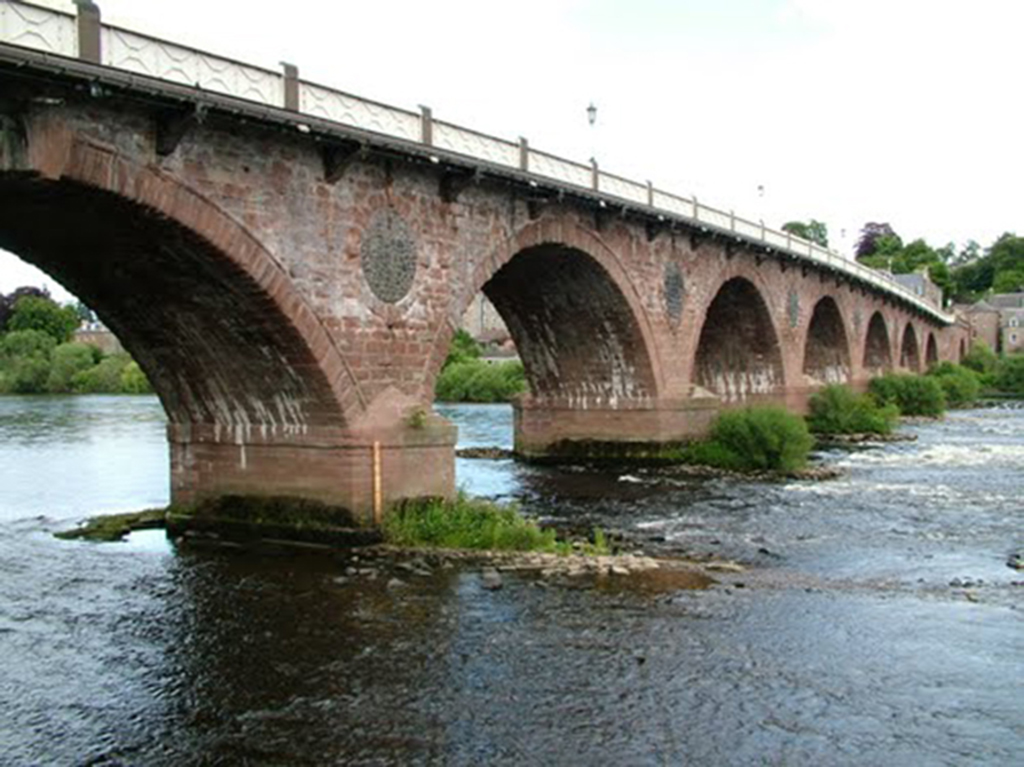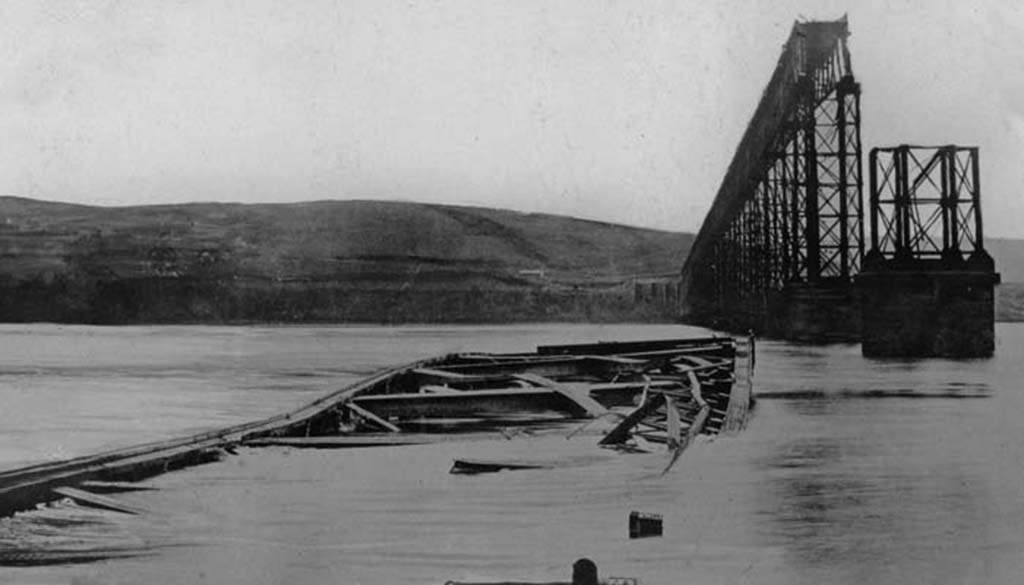When the weather turns, Scotland takes a real battering from the elements.
Scottish Field looks at 10 of the worst – and strangest – incidents to have hit our shores.
1. Herring shower
We’ve all heard the phrase ‘Raining cats and dogs’, but what about fish? Published in October 1826, The Edinburgh New Philosophical Journal reports several accounts of ‘herring showers’, which were ‘in every respect so large and good that the tenants by whom they were found were induced to send some to their landlord’. At the time of the incidents, Rev Colin Smith of Appin noted the ‘boisterous weather’ and the ‘southwest wind, which blows along Loch Milford’, which – in all likelihood – fi shed the herring out of the water
2. Hurricane Low-Q
In the early hours of Monday 15 January 1968, Hurricane Low Q tore through Central Scotland. Glasgow and the Clyde bore the brunt of the 110mph winds, which ripped down chimney breasts and roof slates. Twenty people died and more than 2,000 were left homeless after 250,000 houses were damaged. The hurricane struck without warning after veering off course.
3. Crowd-sourced cloud
If the World Meteorological Organisation designates ‘Undulatus asperatus’ as a cloud then it will be the first formation to be recognised since 1951. The cloud – whose name comes from the Latin for ‘rough’ – was spotted floating over Schiehallion in Perthshire in 2012. Asperatus has been seen all over the world, from Iowa to New Zealand, with cloud spotters snapping them on their camera phones.
4. Ice-Jam

Smeaton’s Bridge in Perth
Perth has always been susceptible to flooding, with the floods of 1990 and 1993 leading to £26m being spent on flood defences for the city. In 1993 flood waters peaked at 6.48 metres – but Perth had been hit by even worse. In 1814, an ‘ice-jam’ took place when the arches of Smeaton’s Bridge were blocked by ice, sending flood waters rising as high as seven metres. Soldiers were even called out to fire cannon balls to break the ice.
5. Glasgow’s smog
Dr Harold Antoine des Voeux coined the term ‘smog’ to describe the mixture of smoke and fog that enveloped Glasgow in 1909, killing 1,063 people. Des Voeux presented a report into the incident to the Coal Smoke Abatement Society in 1911. The more famous ‘Great Fog’ invaded London in 1952. Reports at the time said the smog killed 4,000 but more recent estimates put the death toll at 12,000.
6. Glencoe avalanche
The death of four climbers – two men and two women – on Bidean nam Bian in January 2013 was described as one of the worst tragedies to hit Scotland’s mountains for years. An avalanche swept down the 3,773-foot peak at Glencoe, injuring a fi fth climber and leaving a sixth to raise the alarm. First Minister Alex Salmond described the avalanche as an ‘appalling tragedy’, highlighting the dangers of walking on Scotland’s beautiful mountains.
7. Towering inferno
A spate of 175 wildfires swept through the Highlands in the spring of 2013. More than 30 fire engines and in excess of 150 firefighters were called out to tackle the blazes, with 45 firefighters battling the biggest of the fires near Fort William. Local MP Charles Kennedy said he had never seen anything like the ‘massive’ hill fires during the dry weather, while one family caught up in the blazes said: ‘It was like something from Armageddon’.
8. ‘The storm fiend did loudly bray’

The Tay Bridge Disaster
A gale lashed the Firth of Tay on the night of 28 December 1879, with the storm destroying the central span of the original Tay bridge. As the bridge collapsed, it took with it a train from Edinburgh, killing 75 passengers and crew. At the time, the bridge was the longest in the world and its collapse shocked the Victorian engineering establishment. Dundee poet William McGonagall immortalised the Tay Bridge Disaster in verse.
9. #HurricaneBawbag
Hurricane-force winds of up to 165mph lashed Cairngorm on 8 December 2011, with gusts of 70mph being recorded throughout the Central Belt. The strong winds became an internet sensation when users of social network Twitter irreverently christened the storm ‘Hurricane Bawbag’. One of the most dramatic images from the gale came when a wind turbine at Ardrossan exploded, showering the surrounding wind farm with blazing debris.
10. The winter of discontent
The cold months of 1978-9 may be remembered as the ‘Winter of Discontent’ – with litter mounting on the streets and bodies left unburied as trade unions rebelled again Jim Callaghan’s Labour government – but the season’s blizzards are equally as noteworthy. RAF helicopter pilots flew for 305 hours to rescue 372 people from dangerous situations, including saving more than 50 trapped motorists on Rannoch Moor. The Glencoe Mountain Rescue Team alos dug lorries out from under 20 feet of snow on the A9 near Inverness.
TAGS

